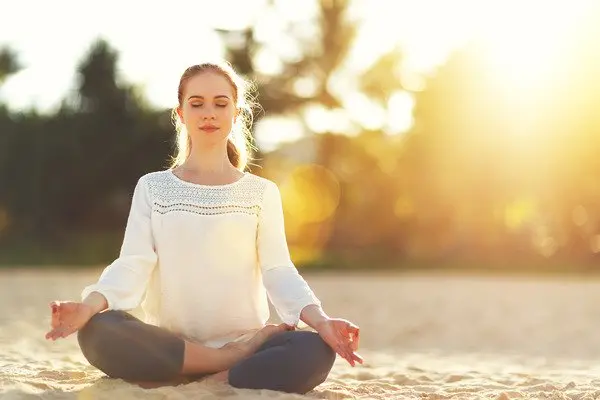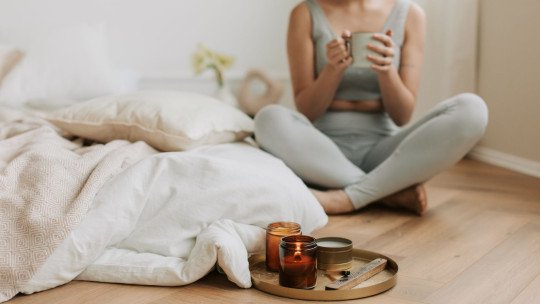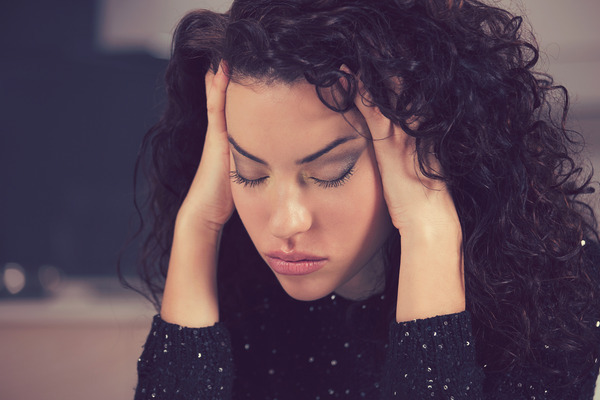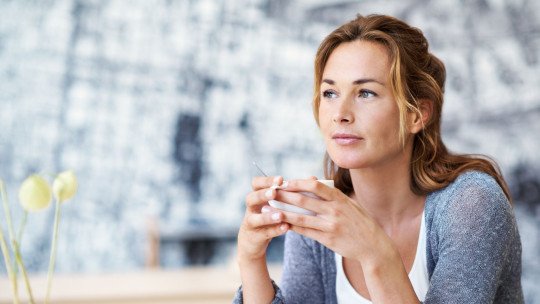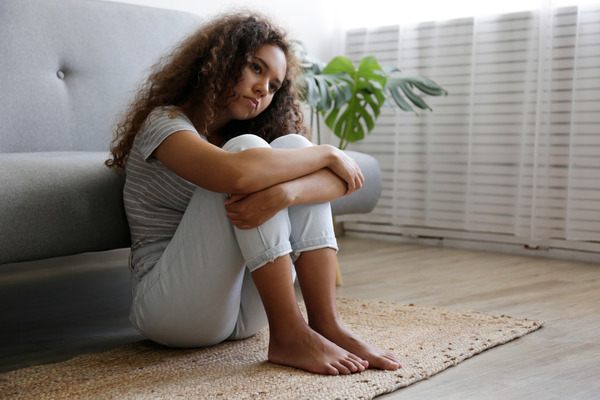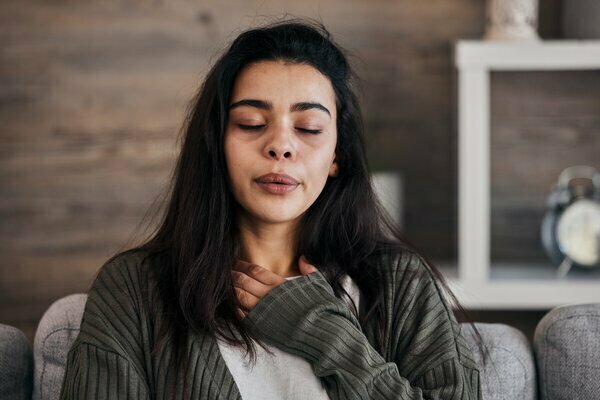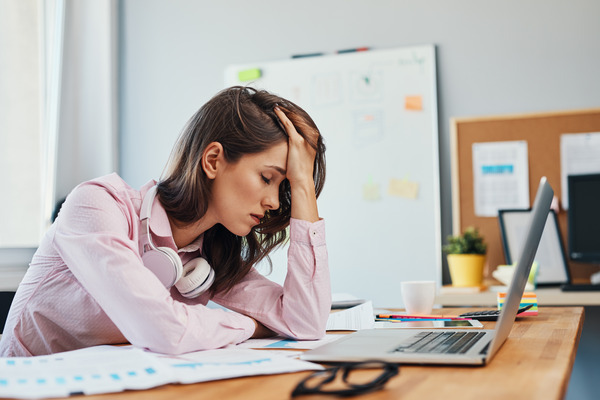Introduction: Anxiety is a natural response of the body to stressful situations, but when it becomes chronic, it can negatively affect the quality of life.
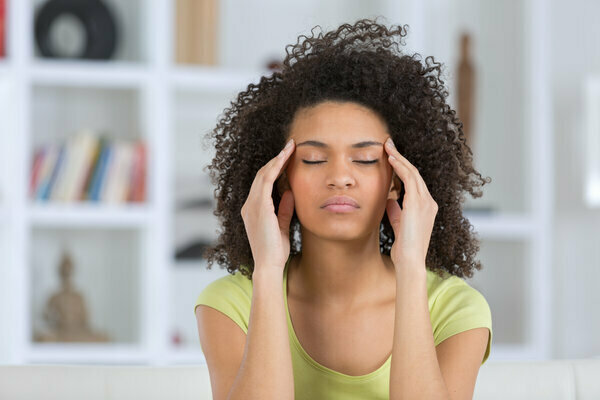
The anxiety It is a natural response of the body to stressful situations, but when it becomes chronic, it can negatively affect the quality of life.
Psychological techniques to combat anxiety
we leave you 4 proven effective techniques to deal with anxiety:
Mindfulness and Meditation
Regular practice of mindfulness and meditation has shown be effective in reducing anxiety Studies such as that of Hoge et al. (2013) have highlighted the benefits of mindfulness in emotional regulation.
The regular mindfulness and meditation practice has emerged as a powerful tool in anxiety reduction. Mindfulness, central to these practices, involves paying conscious attention to the present moment without judgment. Numerous studies support the effectiveness of these techniques, highlighting the benefits of mindfulness in emotional regulation. A significant study that supports the relationship between mindfulness and anxiety reduction is that carried out by Hoge et al. in 2013.
This specific study explored the Impacts of mindfulness meditation on the response to stress and anxiety Participants who participated in a mindfulness training program experienced significant reductions in anxiety levels, highlighting the effectiveness of this practice in managing negative emotional states. Mindfulness is based on the idea of being fully present in the current moment. , observing thoughts and emotions without reacting automatically.
By training the mind to focus on the present, people can learn to more effectively manage anxious thoughts and emotional responses This change in relationship with mental experience can have a long-term positive impact on anxiety. Mindfulness literature also notes that these practices can help people develop a deeper awareness of their thinking patterns, allowing them to identify and change negative thoughts that contribute to anxiety. In addition, it has been observed that regular mindfulness practice improves emotional self-regulation, strengthening the ability to face stressful situations with greater calm and mental clarity.
It is important to highlight that the successful implementation of mindfulness and meditation in the treatment of anxiety It generally involves regular and consistent practice. Consistency in incorporating these techniques into daily life can enhance the benefits observed in emotional regulation and anxiety reduction. In summary, research, such as that carried out by Hoge et al. (2013), suggests that regular practice of mindfulness and meditation can be an effective strategy to reduce anxiety by cultivating mindfulness and improving emotional regulation. These findings support the inclusion of these techniques in therapeutic interventions and mental well-being programs, providing people with practical tools to confront and overcome anxiety in daily life.
Cognitive-Behavioral Therapy (CBT)
The CBT is an evidence-based intervention that addresses negative thought patterns associated with anxiety Research, such as the meta-analysis by Hofmann et al. (2012), support the effectiveness of CBT in the treatment of anxiety disorders.
Specific exercises
1. Identification of Automatic Thoughts
- Exercise: Thought Journal
- Keep a journal where you record situations that trigger anxiety.
- Identify the automatic thoughts that arise in these situations.
- Classify these thoughts into categories such as catastrophizing, personalizing, or polarized thinking.
- This exercise allows people to become aware of anxious thinking patterns.
2. Irrational Thoughts Challenge
- Exercise: The Detective’s Trial
- Critically examine identified automatic thoughts.
- Ask if there is concrete evidence that supports or refutes those thoughts.
- Develop more realistic and balanced thoughts.
- This exercise encourages questioning irrational beliefs and creating more rational and adaptive thoughts.
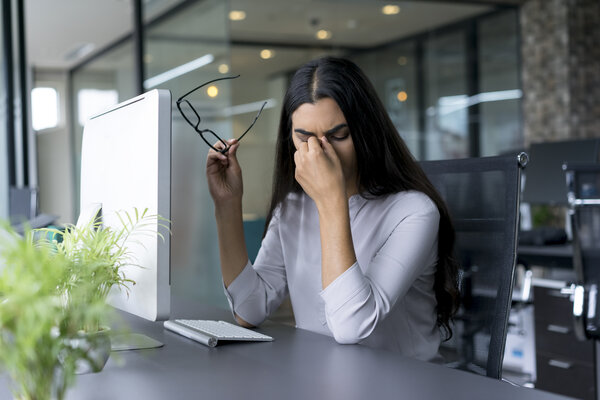
3. Cognitive Restructuring
- Exercise: Alternative Statements
- Replace negative automatic thoughts with more balanced and realistic statements.
- For example, replace “Everything is going to go wrong” with “We may face challenges, but I also have the ability to handle them.”
- Practice repeating these alternative statements.
- Cognitive restructuring promotes a gradual shift toward more positive thought patterns.
4. Gradual Exposure Techniques
- Exercise: Anxiety Hierarchy List
- List anxious situations from least to greatest intensity.
- Gradually expose yourself to these situations, starting with the least challenging ones.
- Track your anxiety levels and watch them decrease over time.
- Gradual exposure allows you to become progressively desensitized to anxious stimuli.
5. Development of Coping Strategies
- Exercise: Engagement Planning
- Anticipate anxious situations and develop a coping plan.
- Includes specific strategies to change negative thoughts and manage anxiety.
- Mentally practice implementing these strategies.
- Proactive planning strengthens the ability to face challenging situations with adaptive cognitive resources.
6. Problem Solving Skills Training
- Exercise: Problem Analysis
- Identify specific problems that contribute to anxiety.
- Break each problem down into manageable parts.
- Generate solutions and evaluate their consequences.
- This structured approach encourages effective problem solving and reduces associated anxiety.
Integrating these exercises into daily practice can provide people with valuable tools to address anxious thinking patterns CBT not only focuses on understanding thoughts, but also on actively changing them to promote a more realistic and positive perception of the world, contributing to the reduction of anxiety.
- Physical Exercise and Anxiety: Regular physical activity not only benefits physical health, but can also have a positive impact on mental health. Studies such as Stanton and Reaburn (2014) have highlighted the relationship between exercise and the reduction of anxiety symptoms.
- Techniques of breathing and relaxation: Practicing deep breathing and progressive muscle relaxation techniques can help reduce the physiological arousal associated with anxiety. The research by Zeidan et al. (2010) supports the effectiveness of conscious breathing.
The Combining these techniques can offer a comprehensive approach to addressing anxiety It is essential to adapt strategies to individual needs and seek professional guidance when necessary.

